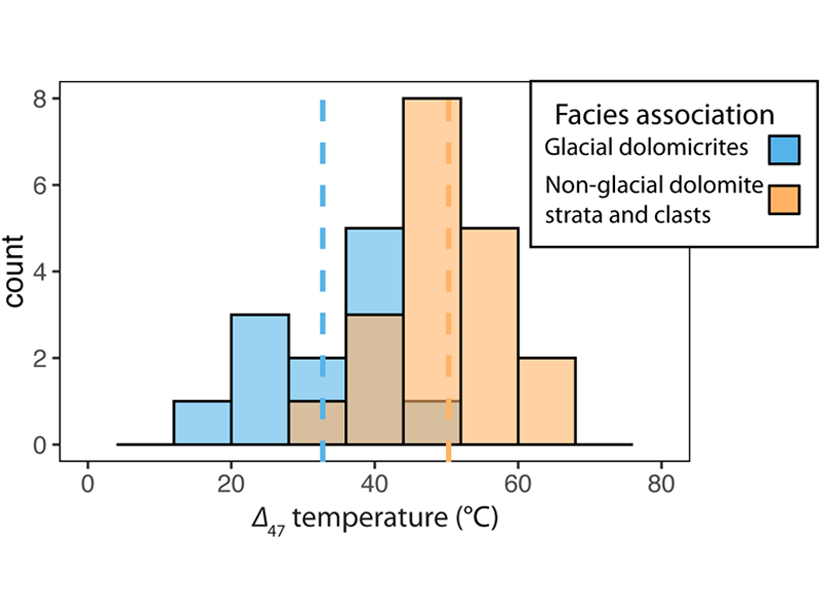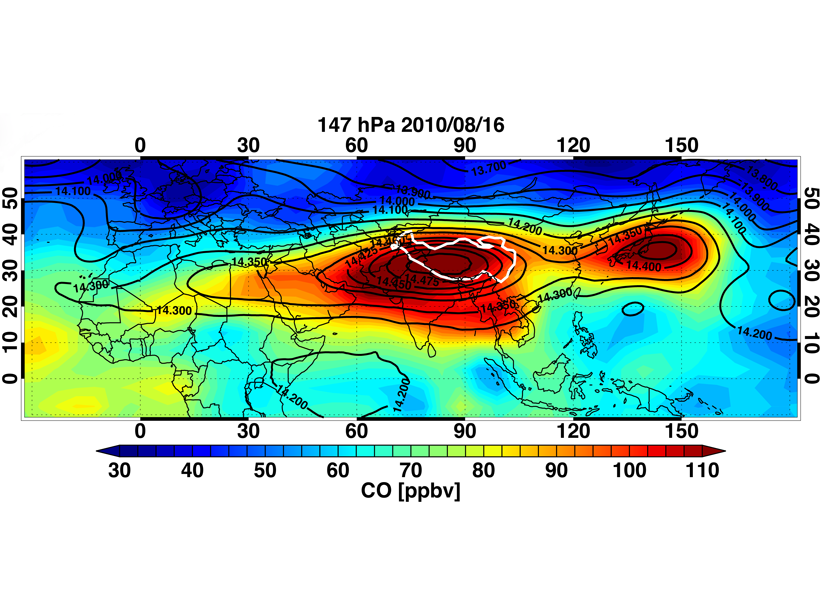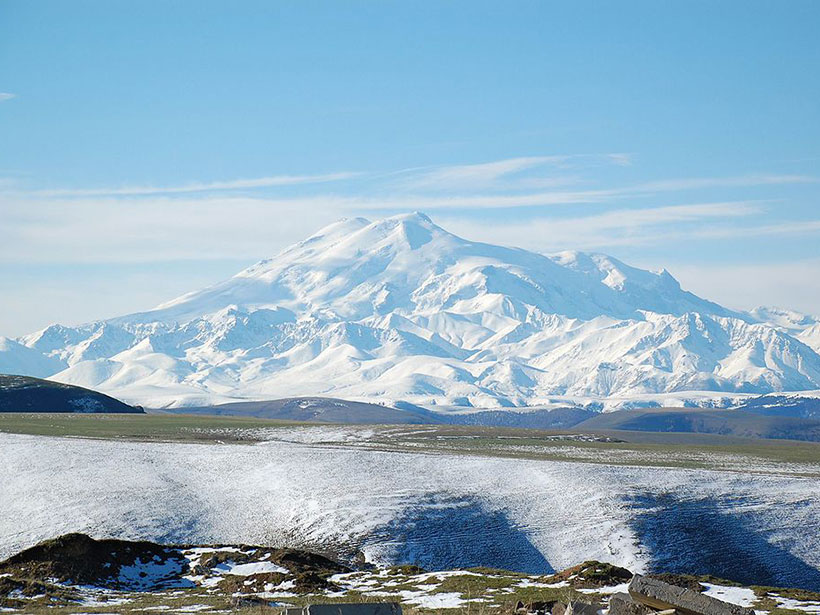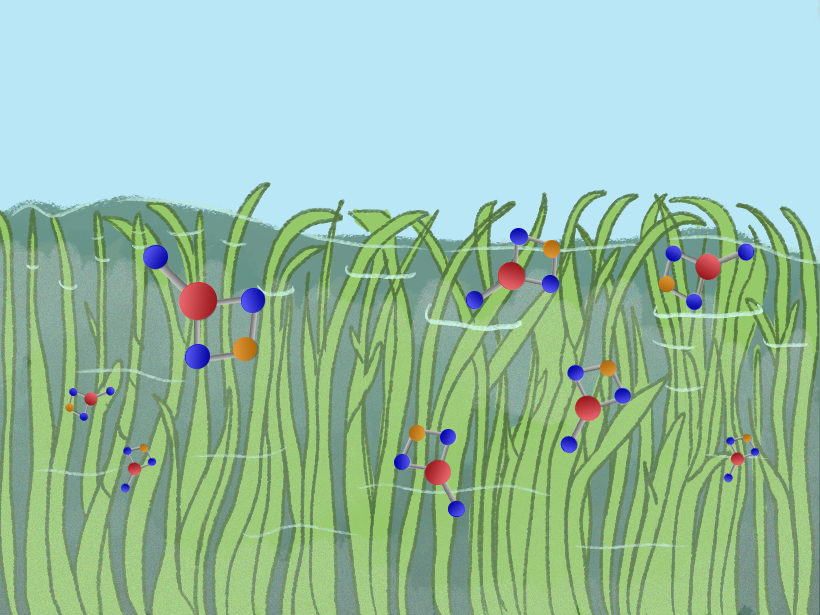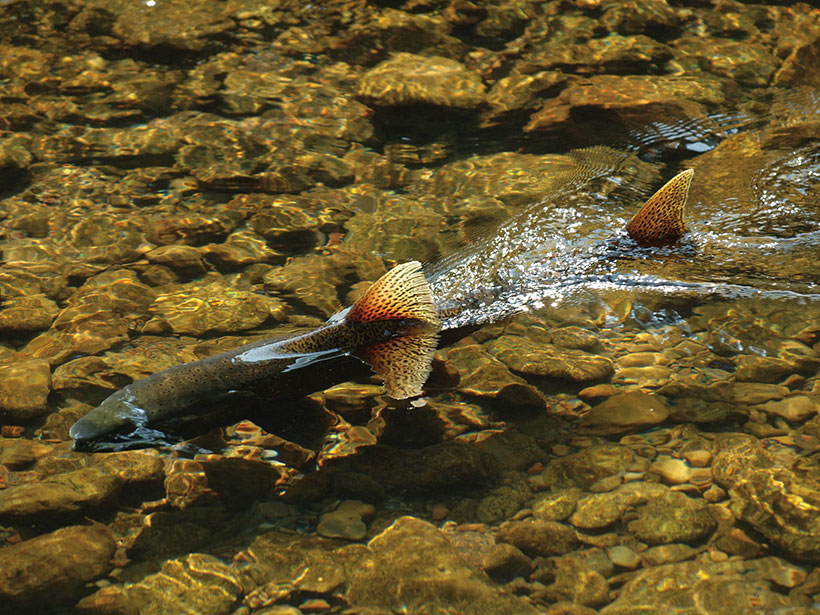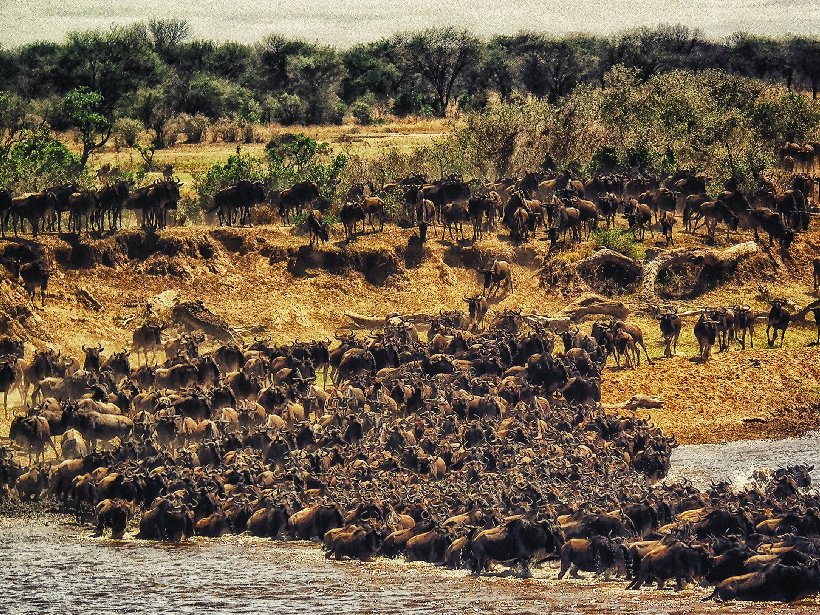Una década de investigación desde el desastre de Deepwater Horizon ha revelado cómo la luz solar—su importancia subestimada durante mucho tiempo en la ciencia de derrames de petróleo—altera sustancialmente el petróleo que flota en la superficie del mar.
geochemistry
Garçon and Stolper Receive 2019 Hisashi Kuno Award
Marion Garçon and Daniel A. Stolper received the 2019 Hisashi Kuno Award at AGU’s Fall Meeting 2019, held 9–13 December in San Francisco, Calif. This early-career award recognizes “outstanding contributions to the fields of volcanology, geochemistry, and petrology.”
Measuring Paleoclimate During a Deep-Time Deep Freeze
New application of clumped-isotope thermometry to 700-Myr rocks documents large climate swings related to Snowball Earth glaciation and offers better understanding of an earlier Earth system.
When Chemistry Lends a Hand to Dynamics
Chemical signature and chemical transport analyses help understand the dynamics of the Asian Summer Monsoon.
Fragrances in an Ice Core Tell a Story of Human Activity
An ice core from Europe’s highest peak contains scent-imparting molecules whose trends mirror the Soviet Union’s economic ups and downs.
Understanding Alkalinity to Quantify Ocean Buffering
Ocean alkalinity plays a major role in ocean’s carbon uptake, in buffering, and in calcium carbonate production and dissolution, and it impacts and is affected by various biogeochemical processes.
Aquatic Plants May Help Chesapeake Bay Resist Ocean Acidification
In freshwater vegetation flats upstream of the Chesapeake, chemical reactions create molecules that raise pH levels in the bay.
Internal Compass Guides Salmon’s Incredible Journey
New study finds evidence that magnetite particles play a role in fish navigation.
Meteoric 10Be Reveals Lithological Control on Erosion Rates
New meteoric 10Be data quantify fast erosion of slates in the Zhuoshui River catchment in Taiwan and demonstrate the influence of lithology on landscape steepness.
Geology and Chemistry Drive Animal Migration in the Serengeti
Fieldwork in Tanzania suggests that soil chemistry—influenced by local volcanism and tectonic activity—might help dictate the record-setting migration of over a million wildebeests.


